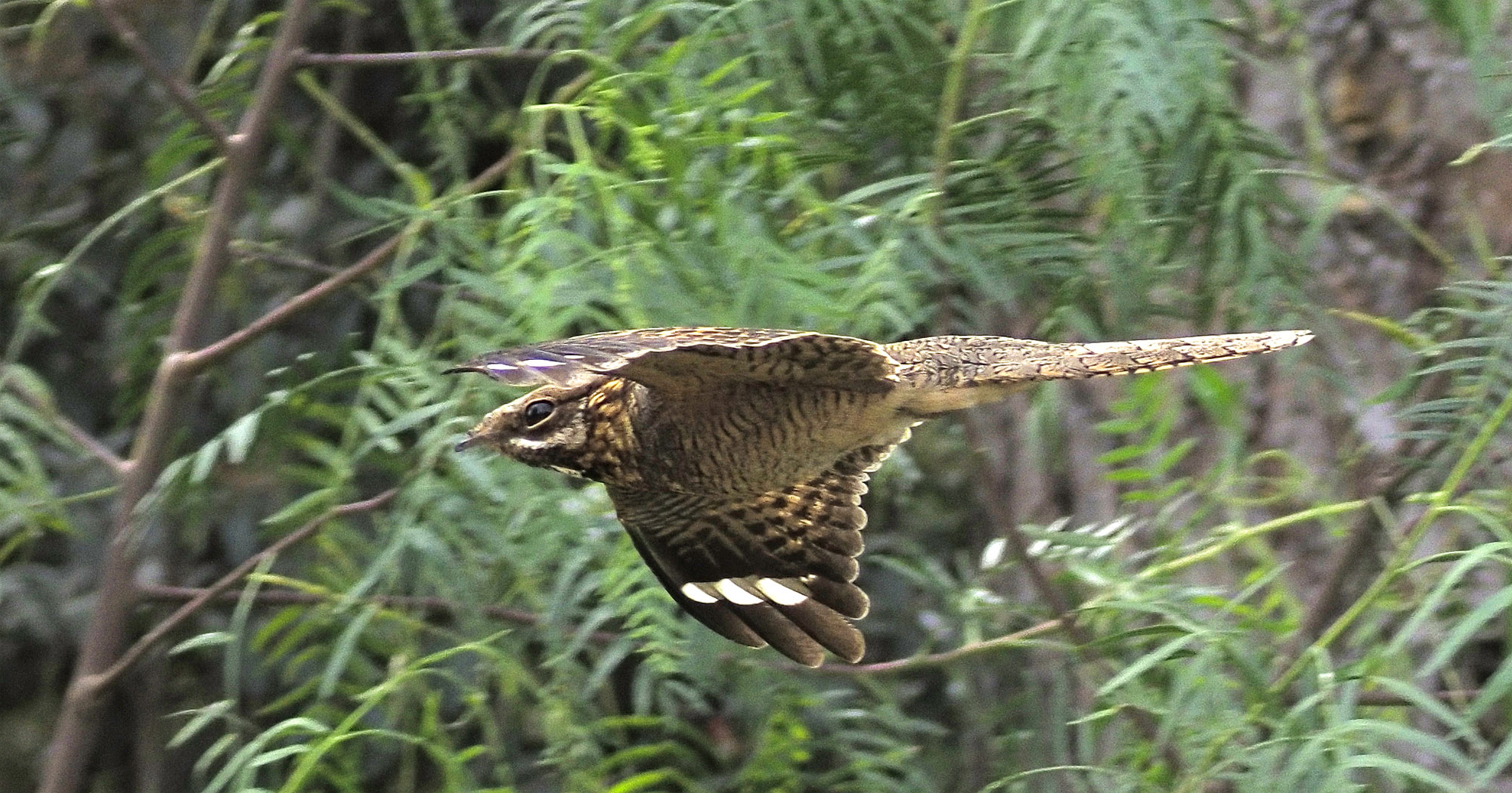The study extensively compiles and documents the bird species that reside and visit this natural and sporting enclave in Seville.
From a wasteland and former landfill, the Real Club Sevilla Golf has transformed into an area that provides significant environmental benefits to the local ecosystem.
To access the report, click here.
Real Club Sevilla Golf (RCSG) has created a comprehensive “Bird Guide” that documents in detail the bird species that inhabit and visit the course throughout the year. This natural and sporting enclave, beyond being a premier space for playing golf, has also become a refuge for local biodiversity.
The project, the result of a joint effort by experts in flora and fauna, was initiated by Real Club Sevilla Golf with the goal of assessing the club’s contribution to the local ecosystem and improving the environmental conditions of its surroundings.
The Bird Guide highlights the Club’s contribution to environmental conservation and the development of biodiversity in the area. What was once a wasteland and former landfill has now become a top-tier facility that brings clear environmental benefits to the local ecosystem.
Moreover, the guide serves as a useful tool for both nature enthusiasts and players, allowing them to enjoy birdwatching while exploring this unique setting.
A pioneering study in its field
For the realization of this study, Real Club Sevilla Golf employed a team of specialists who monitored the birdlife on-site for over a year.
This team was led by naturalist José Luis Anguita Codeseda, together with experts Fernando Gross and Hugo Torres, who meticulously tracked the birds over the course of the study.
The project also included the collaboration of Miguel Ángel Rojas in the flora study, who contributed 22 images to enrich the guide, as well as photographs provided by Ricky Owen and Guillermo Rutten, among others.
The study is one of the most comprehensive of its kind conducted on a golf course in Spain. Observations and bird monitoring were carried out through walking tours covering approximately 8 kilometers per session, accumulating a total of 80 visits distributed across all seasons of the year.
120 bird species within the Club premises
After a year of hard work, the study recorded a total of 120 bird species on the Club’s grounds, many of which were photographed in situ.
These 120 species include not only those that reside permanently on the course but also those that use it as a stopover during their migratory cycles.
Through these efforts, some species of great interest have been identified, such as the Spotted Eagle, one of the most surprising findings of the project, along with other raptors such as the Griffon Vulture and the Short-toed Snake Eagle.
Notably, in addition to common species, the study identified rare or locally endangered birds, as well as species that hold great appeal for international observers.
Despite the thoroughness of the study, the authors acknowledge that some species may not have been detected during the monitoring period, leaving the door open for future revisions.
According to the study, the families of birds identified at Real Club Sevilla Golf are as follows:
Grebes (Podicipedidae), Cormorants (Phalacrocoracidae), Herons (Ardeidae), Storks (Ciconiidae), Ibis and Spoonbills (Threskiornithidae), Ducks (Anatidae), Diurnal Raptors (Accipitridae), Osprey (Pandionidae), Falcons (Falconidae), Pheasants (Phasianidae), Rails (Rallidae), Cranes (Gruidae), Stilts and Avocets (Recurvirostridae), Plovers and Lapwings (Charadriidae), Sandpipers (Scolopacidae), Gulls (Laridae), Terns (Sternidae), Pigeons (Columbidae), Cuckoos (Cuculidae), Owls (Strigidae), Nightjars (Caprimulgidae), Swifts (Apodidae), Kingfishers (Alcedinidae), Bee-eaters (Meropidae), Hoopoe (Upupidae), Woodpeckers (Picidae), Larks (Alaudidae), Swallows (Hirundinidae), Pipits and Wagtails (Motacillidae), Thrushes (Turdidae), Warblers (Sylviidae), Flycatchers (Muscicapidae), Tits (Paridae), Treecreepers (Certhiidae), Shrikes (Laniidae), Orioles (Sturnidae), Corvids (Corvidae), Starlings (Sturnidae), Sparrows (Passeridae), Estrildidae (Estrildidae), Finches (Fringillidae), and Buntings (Emberizidae).
A golf course that is also a natural refuge
Located in Alcalá de Guadaira, just a few kilometers from Seville, Real Club Sevilla Golf boasts 18 holes and spans 60 hectares. The area is a mix of grasslands, groves, and several artificial lakes, creating a suitable habitat for the numerous bird species documented in the guide.
Particularly noteworthy is the presence of wetlands, which, according to the study, are vital for around 30 bird species linked to permanent bodies of water.
Beyond the birds, the biodiversity observed at the golf course includes predators, insects, and other species, contributing to a balanced ecosystem where birds play a key role, helping control pests and promoting pollination.
Thus, this conservation effort contributes to the sustainability of the environment and enhances the natural landscape surrounding the Club.
Commitment to environmental conservation
With this guide, Real Club Sevilla Golf reaffirms its commitment to the environment and to promoting biodiversity. This is not only a responsible action for the local ecosystem but also a way to offer members and visitors a unique and enriching experience.
Thanks to this Bird Guide, those who walk through the golf course can enjoy a more conscious interaction with nature, learning to identify the birds they encounter.
With the publication of this Bird Guide, RCSG invites the community to discover a living, dynamic environment where sporting activity merges with environmental conservation.
For more information and to view the complete guide, click here.







